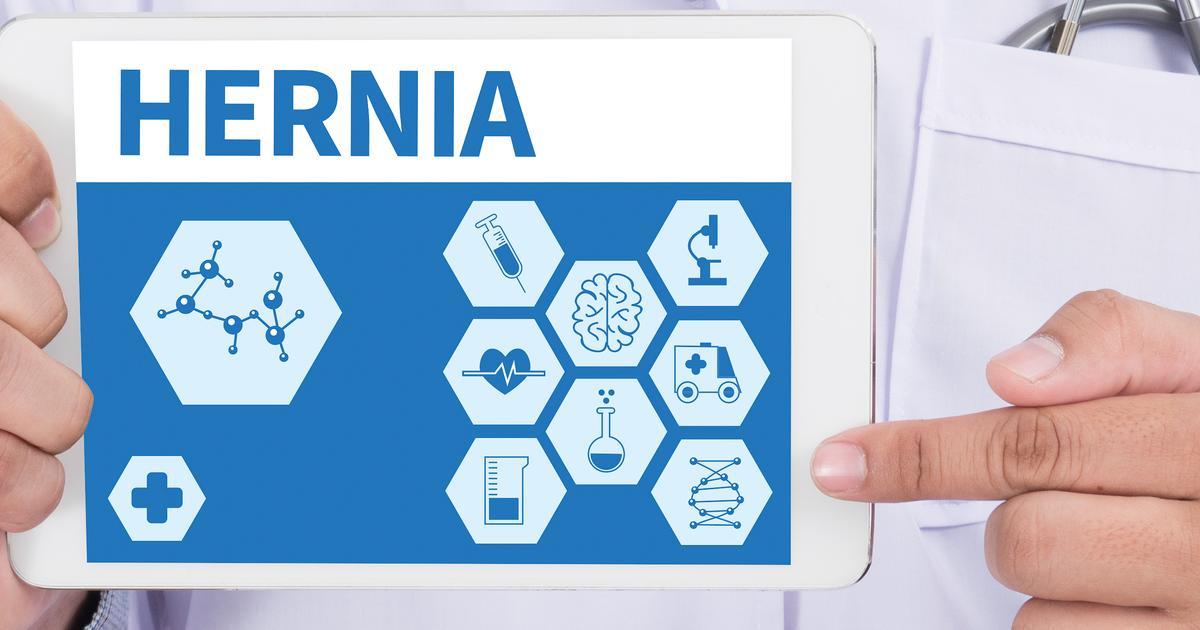What Causes Pain In The Lower Left Abdomen?
Hernia

A hernia is a condition where an individual's abdominal wall becomes weakened or torn, allowing the internal organs to bulge out of it. An individual's abdominal lining consists of muscular tissue that keeps all of the internal organs in their places. The type of hernia most likely to produce pain in an individual's lower left abdominal region is called an inguinal hernia, which occurs when part of an individual's intestines protrude through their lower abdominal wall into their groin or inguinal region.
This type of hernia is known to produce the most pain in the lower left-hand abdominal quadrant when the affected individual performs certain actions and activities. Lifting heavy or cumbersome items, bending over, coughing, or straining with a bowel movement are all activities known to produce painful sensations. If a patient's hernia becomes strangulated or incarcerated, the pain they experience from the hernia becomes more severe.
